Medical electronic mechanical processing parts, including various precision components used in medical equipment and instruments, undergo meticulous processing to meet the stringent requirements for precision and stability in medical applications. Consequently, their primary roles include real-time monitoring of patient’s physiological parameters, providing accurate diagnostic bases for doctors, and executing precise operational instructions to treat diseases effectively.
What is the Machined Part?
Machined part refers to the cutting, drilling, milling, turning, and other operations on raw materials through machining processes, and finally manufacturing parts with specific shapes, sizes, and surface requirements. This machining process is usually carried out through numerical control machine tools (CNC machine tools). According to the design drawings and process requirements, various cutting, grinding, and forming processes are performed on the material through tools to meet the accuracy and quality requirements of the parts.
Types of Machined Components for Healthcare Electronics
Sensors:
Essential for collecting physiological data like blood pressure, heart rate, and body temperature. Common types include resistive, capacitive, and pressure sensors.
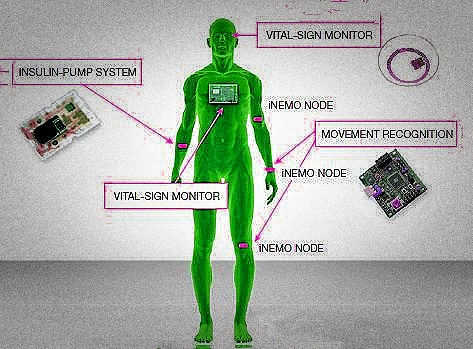
Actuators:
Drives the motion of other parts in medical devices, such as cylinders, motors, and hydraulic systems.
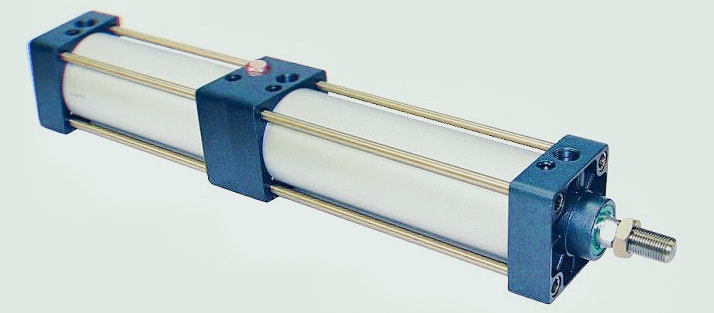
Controllers:
Serving as the “brain” of medical devices, receiving sensor signals and controlling actuators based on predefined algorithms or programs.
Power Supply:
Indispensable for providing necessary electrical power. Options include batteries, switch-mode power supplies, and linear power supplies.
Display and Control Interfaces:
Enable communication between medical devices and healthcare professionals through displays, buttons, and touch screens.
Communication Interfaces:
Facilitate data exchange via wired or wireless methods like USB, Bluetooth, and Wi-Fi.
Mechanical Structural Parts:
From the foundation of medical devices, including brackets, connectors, and fixing components, ensuring sufficient strength and stability.
Applications of Machined Parts for Healthcare Electronics
Medical Imaging Equipment:
Used for diagnosing diseases, observing internal body structures, and guiding surgeries. Examples include X-ray machines, CT scanners, and MRI machines.
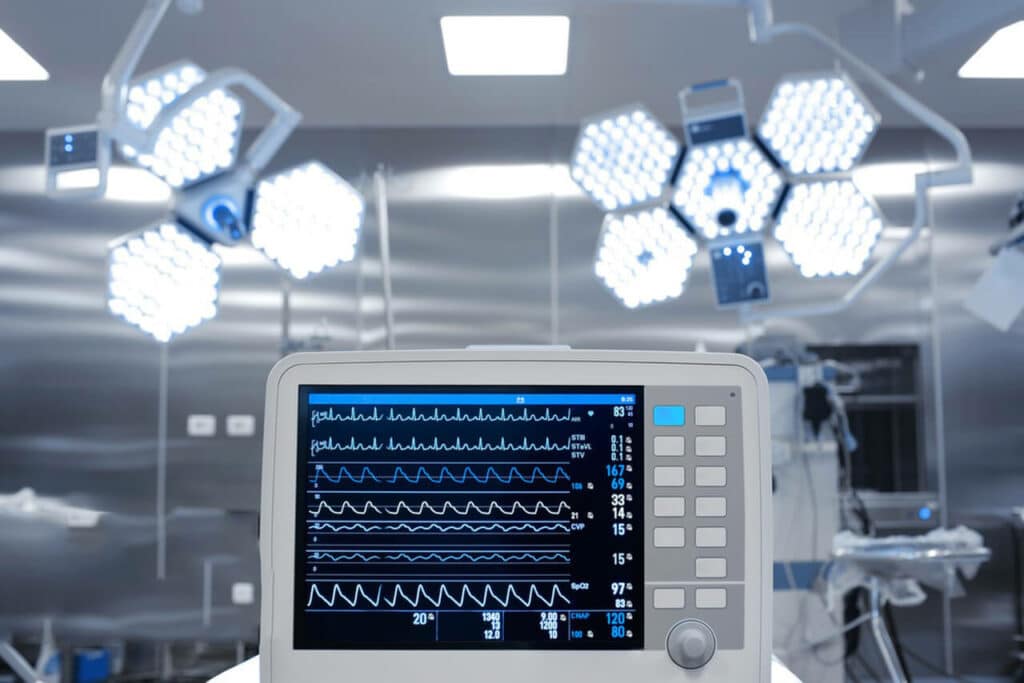
Respiratory Therapy Equipment:
Treats respiratory system diseases and maintains normal respiratory function, such as ventilators and oxygen supply equipment.
Cardiovascular Treatment Equipment:
Includes pacemakers, blood pressure monitors, and defibrillators for treating and monitoring cardiovascular diseases.
Patient Monitoring Equipment:
Monitors vital signs like heart rate, blood pressure, and blood oxygen saturation.
Surgical Assistance Equipment:
Enhances surgical precision and safety, including minimally invasive surgical instruments and robotic-assisted surgical systems.
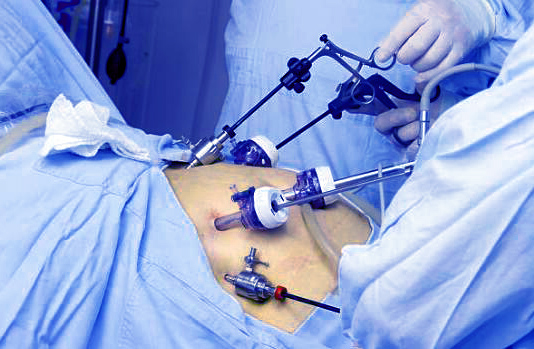
In Vitro Diagnostic Equipment:
Conducts biochemical tests and diagnostics outside the body, such as glucometers, blood analyzers, and urine analyzers.
Rehabilitation and Physiotherapy Equipment:
Aids in patient recovery through electrical stimulation therapy devices and rehabilitation training equipment.
Materials for Medical Electronic Equipment Parts
A variety of materials are used in medical electronic devices, selected based on device type and application scenario. Common materials include:
Metal Materials:
Stainless steel and titanium alloys offer excellent mechanical properties and corrosion resistance, widely used in surgical instruments and orthopedic implants.
Polymer Materials:
Lightweight, corrosion-resistant polymers like polyethylene, polypropylene, polyvinyl chloride, polycarbonate, and ABS are extensively used in medical equipment due to their ease of processing.
Ceramic Materials:
Aluminum oxide and zirconium oxide are known for high hardness, wear resistance, and good chemical stability and are commonly used in dental and orthopedic devices.
Composite Materials:
Composed of two or more materials with different properties, offering excellent overall performance. Carbon fiber composites are increasingly used in medical equipment.

Conductive Ink Materials:
Essential for producing glucose test strips, where they serve as a critical component of glucose sensing functionality, directly impacting patient health.
Advantages and Limitations of Medical Electronic Parts
Advantages:
- Accuracy: Machining enables the production of parts with high precision and consistency, ensuring they meet the stringent requirements of medical devices.
- Customization capabilities: Its customized production capabilities can produce intricate and precise parts according to specific medical electronic equipment design requirements.
- Surface treatment: Through machining, fine surface treatment of parts can be achieved like powder coating and bead blasting.
- Stability: Parts produced through machining provide high performance and reliability, facilitating the stable operation of medical electronic equipment.
limitation:
- Cost: Machined parts can have a higher cost for low-volume production, especially for complex designs and material requirements.
- Processing time: Some complex medical electronic parts may take a long time to process, which may affect the production cycle.
Processing Techniques of Machined Components for Healthcare Electronics
The processing technology of medical electronic mechanical parts involves a range of sophisticated methods and processes. Here are some of the most common techniques:
This method leverages computer-controlled systems to execute precise cutting, milling, and drilling operations, ensuring the utmost precision in part machining.
Electrical Discharge Machining (EDM):
EDM involves the removal of materials through electrical discharges on the workpiece surface. It’s particularly effective for processing hard materials and intricate structural components.
Utilizing high-energy laser beams, this technique allows for rapid cutting or engraving of materials, making it ideal for the precise processing of various substances.
Injection Molding:
In this process, molten plastic or metal is injected into a mold and allowed to cool, resulting in a part with the desired shape. It’s commonly used for producing plastic components.
CNC Turning:
CNC lathes are employed to cut along the axis of the workpiece, creating radially symmetrical parts with exceptional accuracy.
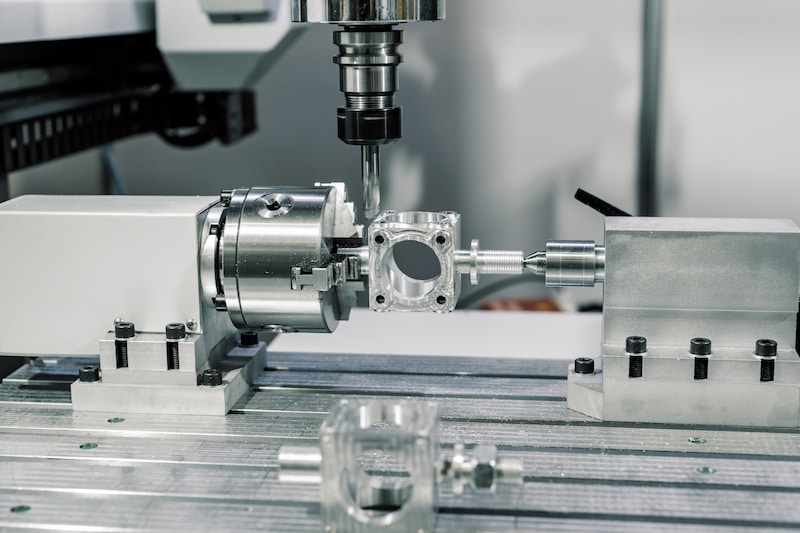
Wire Cutting:
This technique uses computer-controlled wire-cutting machines to create precision parts and special-shaped components with ease.
Grinding:
Grinding wheels are utilized to enhance the surface roughness and dimensional accuracy of the workpiece, ensuring a smooth and polished finish.
CNC Milling:
CNC milling machines perform rotary cutting on the workpiece, allowing for the processing of planes, concave-convex surfaces, and a wide array of shapes.
These processing techniques are carefully combined and applied based on the specific design requirements and material properties of the parts to guarantee the highest quality and performance of medical electronic mechanical components.
Surface Finish Techniques for Medical Electronic Machining Parts
- Mirror Polishing: Utilizes mechanical or chemical methods to achieve a mirror-like finish on parts, enhancing both aesthetics and cleanliness.
- Electrolytic Polishing: Removes surface roughness through electrolytic reaction, improving the appearance and corrosion resistance of metal components.
- Powder Coating: Application of a durable, wear-resistant, and corrosion-resistant layer to enhance the durability of machined parts.
- Chemical Treatments: Cleaning surfaces and improving finish through chemical treatments like rust removal and specialized cleaning methods.
- Sandblasting: Uses abrasive particles to remove surface oxides and impurities, improving surface quality and overall finish of the parts.
Conclusion
It is essential to have a thorough grasp of how various components are utilized in medical devices, as well as the selection of materials and processing technologies for their manufacture. Considering the functionality, precision, and reliability of medical devices, such comprehensive knowledge will aid in ensuring that the performance of medical equipment achieves optimal levels.
With over 10 years of CNC manufacturing experience, Runsom Precision has established itself as a reliable manufacturer of medical critical components for surgical instruments, tools, and medical device prototyping. Our skilled machinists are adept at customizing machined parts designs to meet the highest standards of the medical industry. Are you ready to embark on your next CNC machining project with us? We eagerly await your request for a quote.


